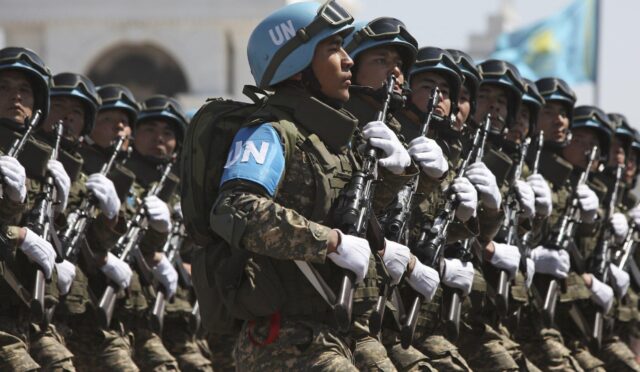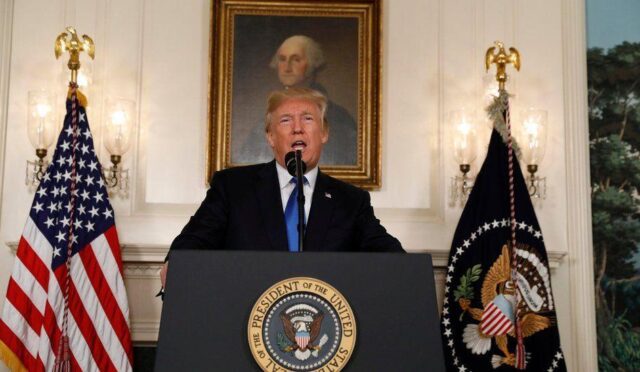Sweden Invests in Civil Defense Shelters Amid Rising Tensions
In a strategic move reflecting growing concerns about regional security, Sweden has unveiled a substantial investment of 100 million krona ($10 million) for the refurbishment and inspection of its civil defense shelters. This initiative comes in response to repeated warnings from authorities about the necessity for the nation to be prepared for the potential risks of war. With 64,000 defense bunkers, Sweden boasts one of the largest networks of civil shelters in the world, providing safe space for approximately seven million residents.
Since joining NATO in March 2024, Sweden’s Civil Contingencies Agency (MSB) has intensified its scrutiny of these shelters, many capable of housing thousands during emergencies. The MSB emphasizes that these facilities are designed to protect against a variety of threats, including shockwaves, bomb fragments, and the devastating effects of nuclear explosions, as well as potential chemical and biological attacks.
Modernizing Nuclear Shelters and Emergency Services
Recognizing the complexities of modern warfare, the government is also channeling resources into enhancing emergency services, fortifying cybersecurity measures, and replenishing stockpiles of essential medicines. On Monday, the MSB announced the commencement of a comprehensive project aimed at modernizing nuclear shelters, an undertaking expected to span two to three years. Currently, efforts have commenced on 25 of the 80 larger shelters earmarked for renovations.
Additionally, in 2025, plans will be put into action to replace vital filters that defend against chemical and radiological threats, ensuring that those taking refuge inside these shelters are safeguarded from radioactive contaminants. Prime Minister Ulf Kristersson has expressed the gravity of the situation, remarking that while Sweden is ‘not at war,’ it is also not experiencing peace, highlighting increasing threats such as hybrid attacks and suspected sabotage activities.
A Shift in Military Strategy and Defense Infrastructure
Following the end of the Cold War, Sweden had scaled back its military expenditures, but the annexation of Crimea by Russia in 2014 prompted a significant reversal of this approach. In 2015, the Swedish government revived its ‘total defense’ strategy, which merges military preparedness with civil defense initiatives, to bolster national security. This strategy gained further strength in the wake of Russia’s full-scale invasion of Ukraine in 2022.
Among the measures introduced to enhance the nation’s preparedness is the establishment of a minister for civil defense. This position works in tandem with the armed forces minister, ensuring that both civilian and military resources can be mobilized effectively during crises. This comprehensive approach reflects Sweden’s commitment to safeguarding its citizens amidst evolving geopolitical challenges.







